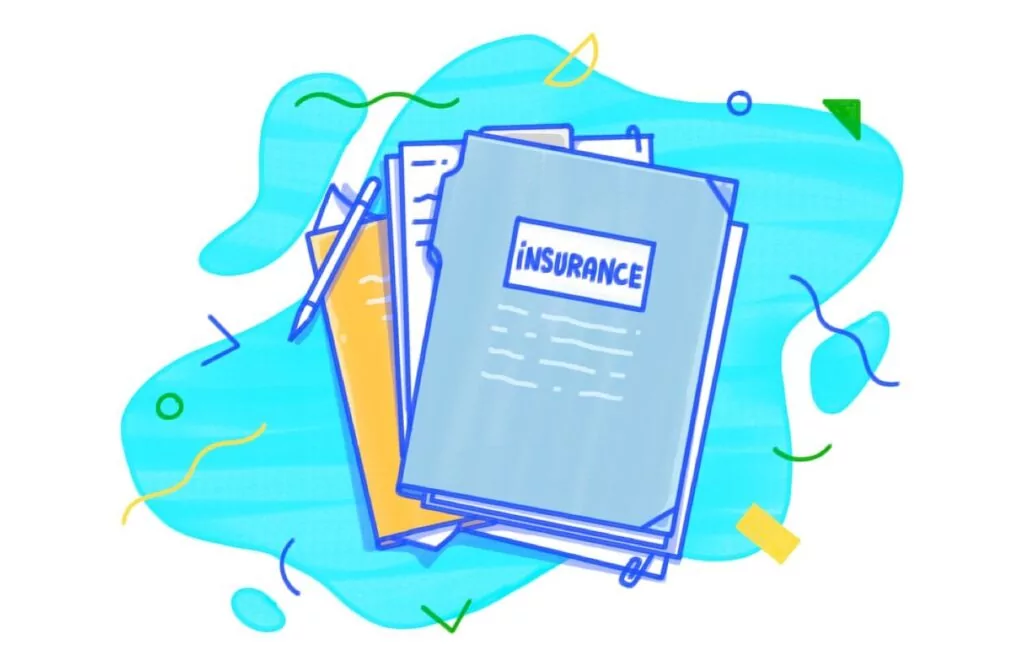Understanding health insurance plans can be confusing for anyone, but when your child is diagnosed with a rare condition like CPP, it’s extra important that you feel comfortable and confident utilizing your benefits. Learn how to navigate CPP treatment coverage, appeals, and more with these simple tips.
Know the Details of Your Plan
First, you need a thorough understanding of your deductible: The amount you pay out-of-pocket for medical care before your insurer starts to contribute. Your health insurance plan may include different deductible limits for every individual in your family, or your family may have one deductible. After you pay your deductible, you typically only need to pay coinsurance or a copayment for covered treatment.
Your out-of-pocket maximum is another helpful number to keep in mind. This dollar amount represents the most money you need to pay for covered health care in an insurance plan year. After you spend that amount on coinsurance, copayments, and deductibles for in-network care, your insurer will typically pay 100% of the costs of covered benefits.
Once you know your deductible and out-of-pocket maximum, it’s also crucial to know the cost differences between in-network and out-of-network providers. Check to see if your child’s pediatrician and pediatric endocrinologist are in-network or out-of-network to gain a clearer picture of payment expectations.
Familiarize Yourself With CPP Coverage and Appeals
Depending on whether you have commercial insurance or government-issued insurance (like Medicaid), CPP treatment coverage can vary. Check your Certificate of Coverage (aka Pharmacy Policy or Coverage Policy) to know which CPP treatments are covered. Keep in mind, too, that drug coverage can change throughout the year, so review your plan regularly to stay up-to-date.
Before your child begins CPP treatment, your insurance provider may require prior authorization: Evidence that your child needs the medication. How your doctor codes diagnoses and prescriptions can also impact your coverage, so work with your medical care team prior to starting treatment. It’s also possible for your insurance provider to deny a prior authorization request, usually within two days of receiving it. In this case, you can make an appeal. Most doctor’s offices will take care of appeals for you, but double check with your pediatric office to make sure they’re advocating for your case.
Once your child has authorization to receive treatment, their prescription will typically be filled by what’s known as a specialty pharmacy: A mail-order pharmacy that works with your doctor’s office to handle authorizations, fulfill orders, and ship your child’s medication to you or your doctor for administration.
Finally, know that most CPP treatment manufacturers offer payment assistance for treatment to offset costs. For more information on the co-payment options available to you, visit your treatment manufacturer’s website.
Mastering Your CPP Insurance Coverage
Now that you have a handle on how CPP coverage works, here are the best practices on how to manage it:
- Attend open-enrollment meetings and ask questions.
- Check if your insurance provider offers extra services that can help you with treatment coverage, like a case manager, patient navigator, or rare disease manager.
- Don’t assume your policy will stay the same: It will likely change from year to year!
- Open every piece of mail from your insurer and pharmacy benefits manager to make sure your child’s treatment is still covered.
- Keep a record of every interaction with your insurance company in case you need to make an appeal.
- Be your own best advocate! Remember, your insurance is meant to protect you—not overwhelm you—so don’t be afraid to ask questions and speak up on behalf of your family.
CPP insurance coverage can be complicated, but with a little practice, you’ll be able to confidently handle it in no time.
TPI.2022.3110.v1




